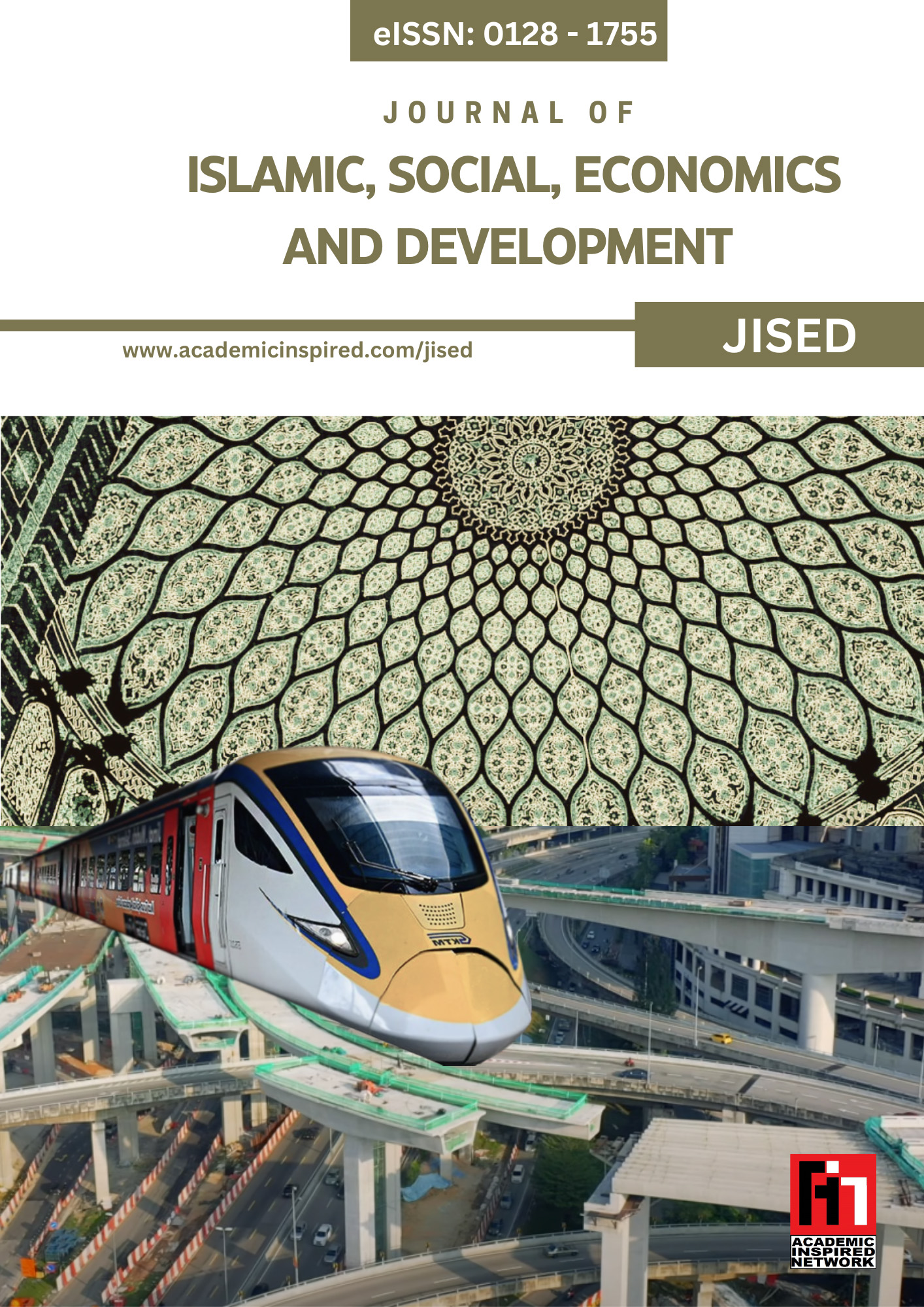Contextual design framework for contemporary expressions of Islamic kelantanese architecture: Reinterpreting façade identity in Kota Bharu Courts Complex.
Keywords:
Facade Identity, Islamic Architecture, Public Space, Design FrameworkAbstract
Architecture significantly influences the formation and articulation of cultural and religious identity, especially in historically significant areas like Kelantan, Malaysia. Kelantan, celebrated for its unwavering adherence to traditional Malay traditions and Islamic beliefs, is often known as the “Serambi Mekah” (Veranda of Mecca), signifying its prominence as a hub of Islamic knowledge and practice. In 2005, Kota Bharu was officially designated as the “Islamic City”, a strategic project intended to strengthen Islamic heritage within its urban and architectural characteristics. Nonetheless, despite this cultural rebranding, the actual incorporation of Islamic Kelantanese architectural features into modern public places is restricted and implemented inconsistently. This study examines the decline of façade identity in contemporary public architecture, namely the absence of culturally rooted design methods that embody the region's Islamic and traditional Malay history. The aim of this study was to create a contextual design framework that reinterprets Islamic Kelantanese architectural components, particularly façade features, for applications in contemporary public spaces, with a focused case study on Kota Bharu Courts Complex, to promote social empowerment and cultural continuity. This study utilised a mixed-methods approach, combining qualitative methods such as site observations and semi-structured interviews with local architects, with quantitative methods through the use of questionnaires. The focus of this study was directed at recognising reoccurring symbolic themes, material manifestations, and spatial arrangements inherent in traditional façades. The anticipated results included a profound comprehension of the convergence of Islamic and Malay aesthetics in local architecture and their meaningful translation into current design vernacular. This study aimed to provide a contextual design framework that maintains façade uniqueness while promoting community empowerment via an enhanced feeling of belonging and place. This framework was intended to serve as a reference to support architecture students engaged in culturally responsive public architecture in Malaysia.













